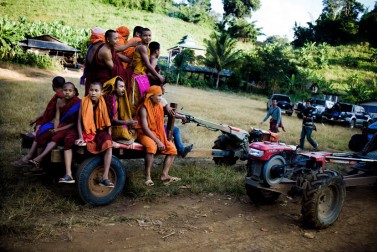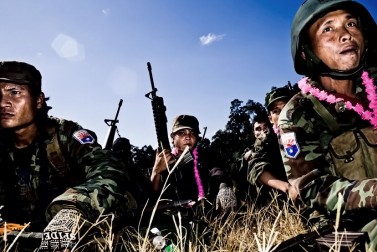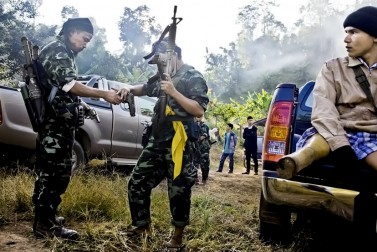The Longest Ongoing War
Karen State, Burma 2010
In the aftermath of Burma’s presidential election on 7 November, the political internal situation has changed, the relationships between ethnic groups have become stronger, and the armed conflicts between the SPDC (State Peace and Development Council, the official name of the military regime in Burma) and the Karen Army have increased. About 40% of Burma’s population belongs to ethnic groups. The Karen are roughly 7% of Burmese population, approximately 50 million of people. Karen ethnic group lives primarily in southern and southeastern part of Burma, the most of them on Thai-Burmese border. Karen people are represented by Karen National Union (KNU), a political organization with an armed wing, Karen National Liberation Army (KNLA), that has been fighting the Burmese government since 1949 in the world longest ongoing conflict. In 1994 a group of Karen buddhist soldiers broke away from the KNLA, because it was under control of Christians, to form a new force, the Democratic Karen Bhuddist Army (DKBA). After that they closely allied with the Myanmar government and start fighting against KNLA. In autumn 2010 SPDC asked DKBA to leave their military group and join the Burma’s official army. The majority of DKBA group refused to surrender. Only on 17 November 2010, after 15 years oF internal wars, the KNLA and the DKBA soldiers have celebrated the reunification. The union has been well accepted by all Karen community, because people from the same ethnic group have stopped fighting each other and joined forces to struggle against Burmese government. After the celebration of Karen guerrilla’s union, all Burmese ethnic groups are forming an alliance to fight against the Than Shwe dictatorship. This can be a turning point in the war for the democracy in Burma.




















